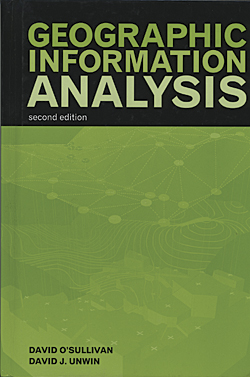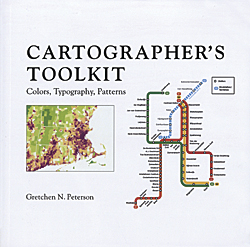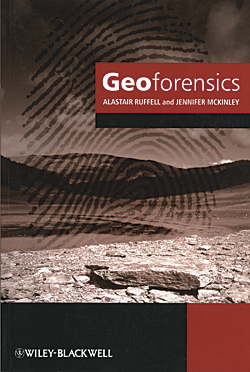ArcUser
Fall 2012 Edition
GIS Bookshelf
This article as a PDF.

Geographic Information Analysis, Second Edition
By David O'Sullivan and David J. Unwin
This text provides a well organized introduction to the fundamental concepts of spatial analysis for GIS students. The first edition of this book appeared in 1981. In this edition, chapters have been rewritten to accommodate the many substantive changes that have occurred in this field in the intervening 30 years. Throughout the text, there is a greater emphasis on local descriptions. Two chapters on geovisualization and local statistics were added and two chapters on analysis of line objects and multivariate statistics dropped. A basic knowledge of statistics is assumed, but appendixes supply explanations of the basic statistical and mathematical theories used in the book. The topics covered include the pitfalls and potential of spatial data, fundamentals of geovisualization, point pattern analysis, area objects and spatial autocorrelation, describing and analyzing fields, the statistics of fields, and emerging approaches to spatial analysis. Thought exercises, illustrations, and a bibliography accompany each chapter. Wiley, 2010, 432 pp., ISBN-13: 978-0470288573

Cartographer's Toolkit: Colors, Typography, Patterns
By Gretchen N. Peterson
This is a reference for cartographers that is more about getting useful results and less about exploring theory. Cartographer's Toolkit: Colors, Typography, Patterns provides an assortment of color palettes, type samples, and examples of various map styles designed to inspire cartographers and add to their expertise. The color section presents coordinated, color ramp, and differentiated color palettes. The type section displays serif and sans serif fonts organized by source: standard, free, and fee. The patterns section differentiates this book from other practical books on cartography by providing a collection of tried and true strategies for dealing with common mapping challenges, explanations of the techniques employed, and suggestions for effectively using each style. This book, which assumes a working knowledge of cartographic theory, geoanalysis, and projections, nicely complements the author's 2009 book, GIS Cartography: A Guide to Effective Map Design, in which she systematically explains cartographic conventions and discusses layout design, the use of color, and other aspects of map creation. PetersonGIS, 2012, 184 pp., ISBN-13: 978-0615467948

Geoforensics
By Alastair Ruffell and Jennifer McKinley
This book covers the application of geoscience to criminal investigations, as well as humanitarian and disaster incidents, to determine what happened, where and when it happened, and how and why it happened. The case study material presented is of three types: sections that supply descriptions of criminal investigations, locations, and materials; published articles on techniques and their application to historic cases; and summaries of relevant published pieces as they relate to individual chapter topics such as soils, synthetic aperture radar (SAR) and interferometry, and trace materials. Of interest to GIS practitioners involved in criminal investigations are two chapters, one on spatial location and geographic information science and another on scale, sampling, and geostatistics. Undergraduate and postgraduate students obtaining forensic science degrees or those taking geoscience courses are the target audience for this book. Wiley-Blackwell, 2008, 340 pp., ISBN-13: 978-0470057353